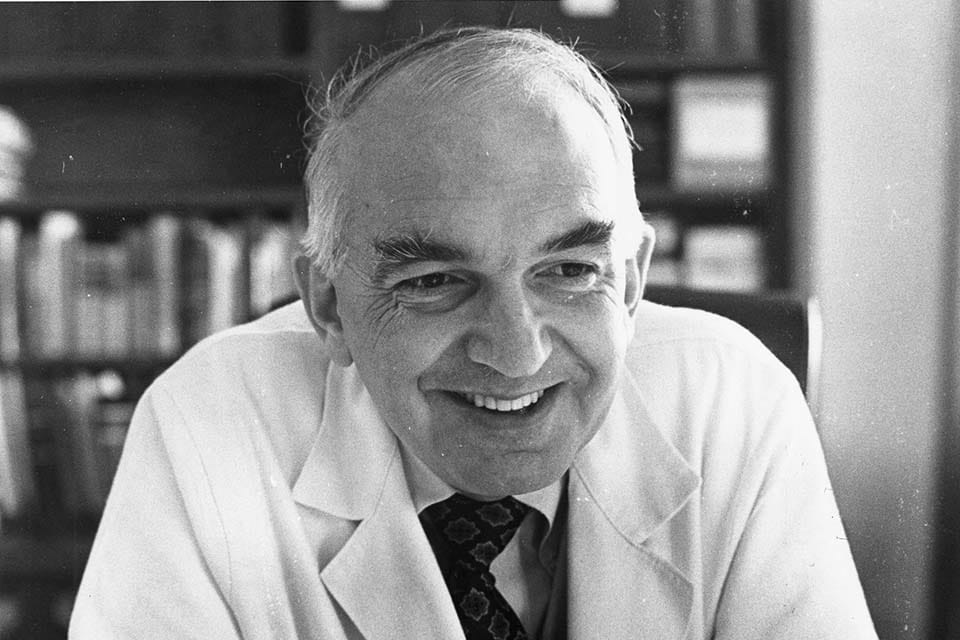
Dr. William Schubert made an indelible imprint on Cincinnati Children’s as a pediatrician, researcher and leader.
1978
Cure
Cincinnati Children’s researchers William Schubert, MD, and John Partin, MD, identify the unique morphological symptoms of Reye’s syndrome, a rare but deadly disease that can damage the liver and brain. Reye’s syndrome usually occurs in children who’ve recently had a viral infection such as chickenpox or the flu; taking aspirin to treat the illness greatly increases the risk of getting Reye’s.






